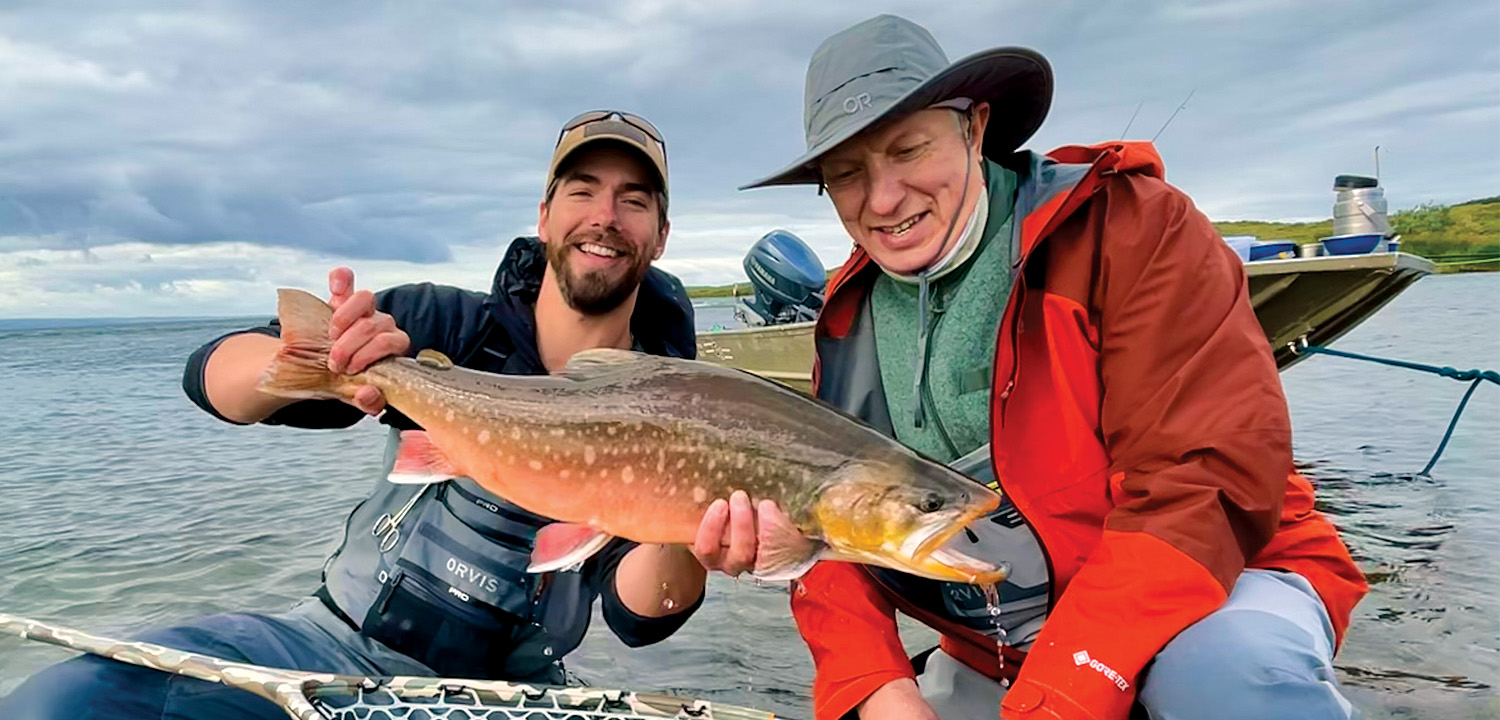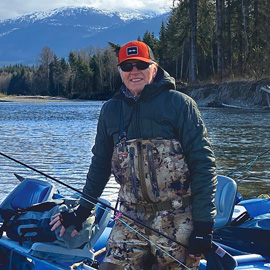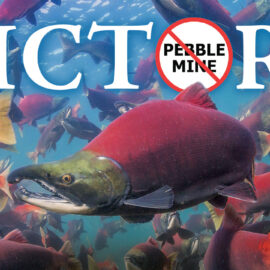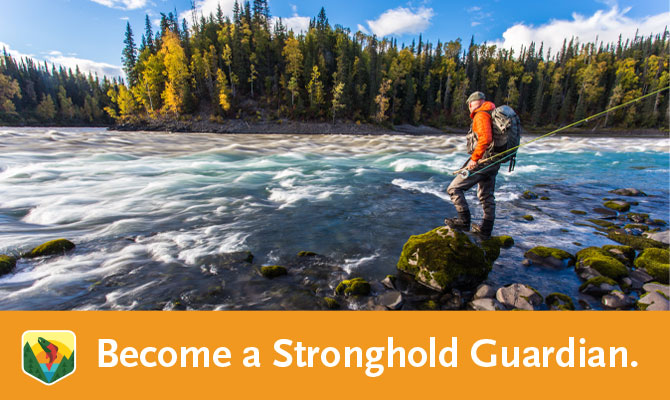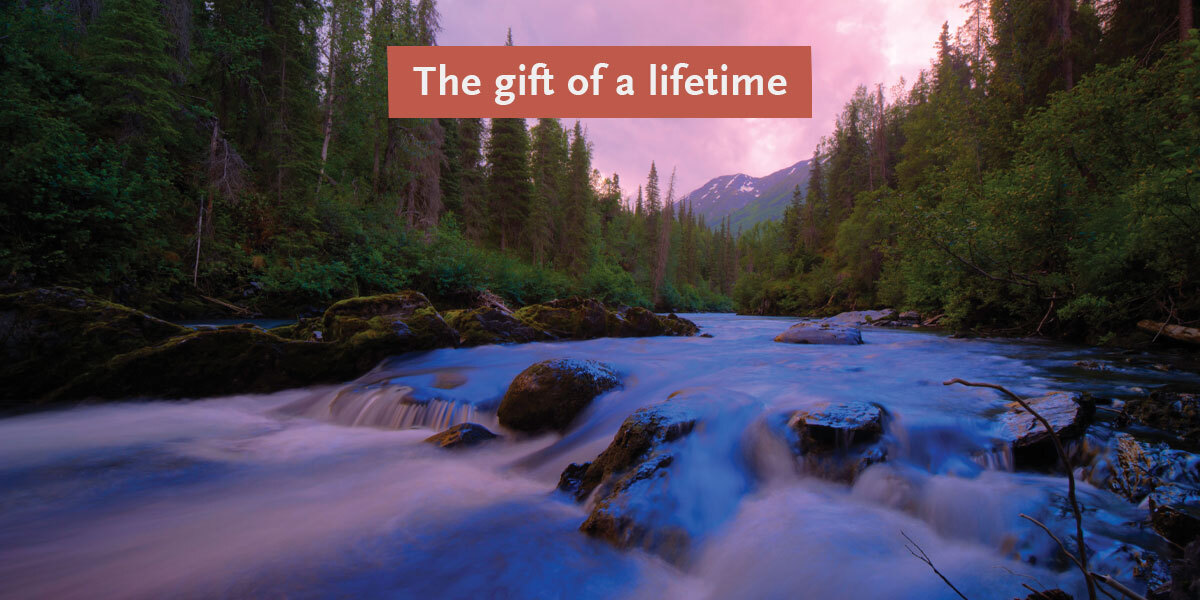The tech leader sees parallels between WSC’s stronghold approach and his own success as a serial entrepreneur.
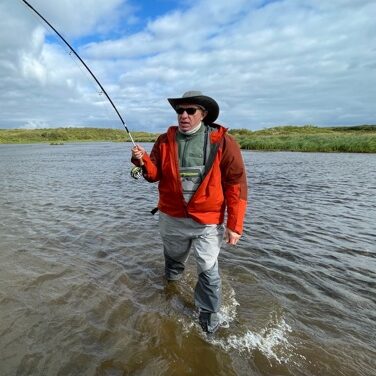
In 2021, tech leader Ratmir Timashev, the founder of Veeam Software, sat down to read the book Stronghold—the story of Wild Salmon Center CEO Guido Rahr’s quest to save the world’s wild salmon. Later that year, he met the man himself, while fly fishing in Bristol Bay, Alaska.
“Before that, I only really viewed salmon as one of the healthier meal options in my otherwise standard American diet,” says Timashev, a serial technology entrepreneur who lives in Connecticut.
“From Guido and later the WSC,” he adds, “I learned that the health of our salmon populations is a bellwether for the health of our rivers, oceans, and communities across the Pacific.”
Timashev says since that Alaska trip, he’s come to see parallels in WSC’s stronghold approach to salmon conservation and his own approach to success in the world of technology. The quest to scale this winning strategy drew him to support one of WSC’s most ambitious efforts yet: our forthcoming IMAX film and outreach campaign.
Below, Timashev shares more about the parallels he sees between his journey as a salmon conservationist, software luminary, and mentor to future generations.
The health of our salmon populations is a bellwether for the health of our rivers, oceans, and communities across the Pacific.
Ratmir Timashev
Wild Salmon Center: Where does your salmon journey begin?
Ratmir Timashev: My journey began in 2021 when I was fortunate to be introduced through a friend to Guido Rahr, the President and CEO of Wild Salmon Center. While traveling on one of my first fly fishing trips, we spoke at length and established a close bond. Guido opened my eyes to a much larger story about both salmon and our planet. Before that, I only really viewed salmon as one of the healthier meal options in my otherwise standard American diet, which consisted of a lot of meat.
From Guido and later the WSC, I learned that the health of our salmon populations is a bellwether for the health of our rivers, oceans, and communities across the Pacific. Entire ecosystems feed off salmon and cannot afford for them to go extinct. This is because the salmon lifecycle sees them travel vast distances—from streams and rivers, all the way to the ocean and eventually back to the freshwater rivers where they began (sometimes over seven years later). Salmon are also more than just a nutritious food and environmental priority—they are a critical part of the natural heritage that defines the American and Canadian West, Alaska, the Russian Far East, Japan, and so many communities globally.
Guido opened my eyes to a much larger story about both salmon and our planet.
Ratmir Timashev
Unfortunately, some communities have experienced the hardships that come when watersheds are threatened. I learned that certain Brazilian communities, for example, have been unable to overcome the damage done to local rivers by mining and chemical pollution. All of these early realizations sparked my interest. And Guido’s ambitious vision for the WSC has helped me translate it into a commitment to supporting vital conservation efforts like these.
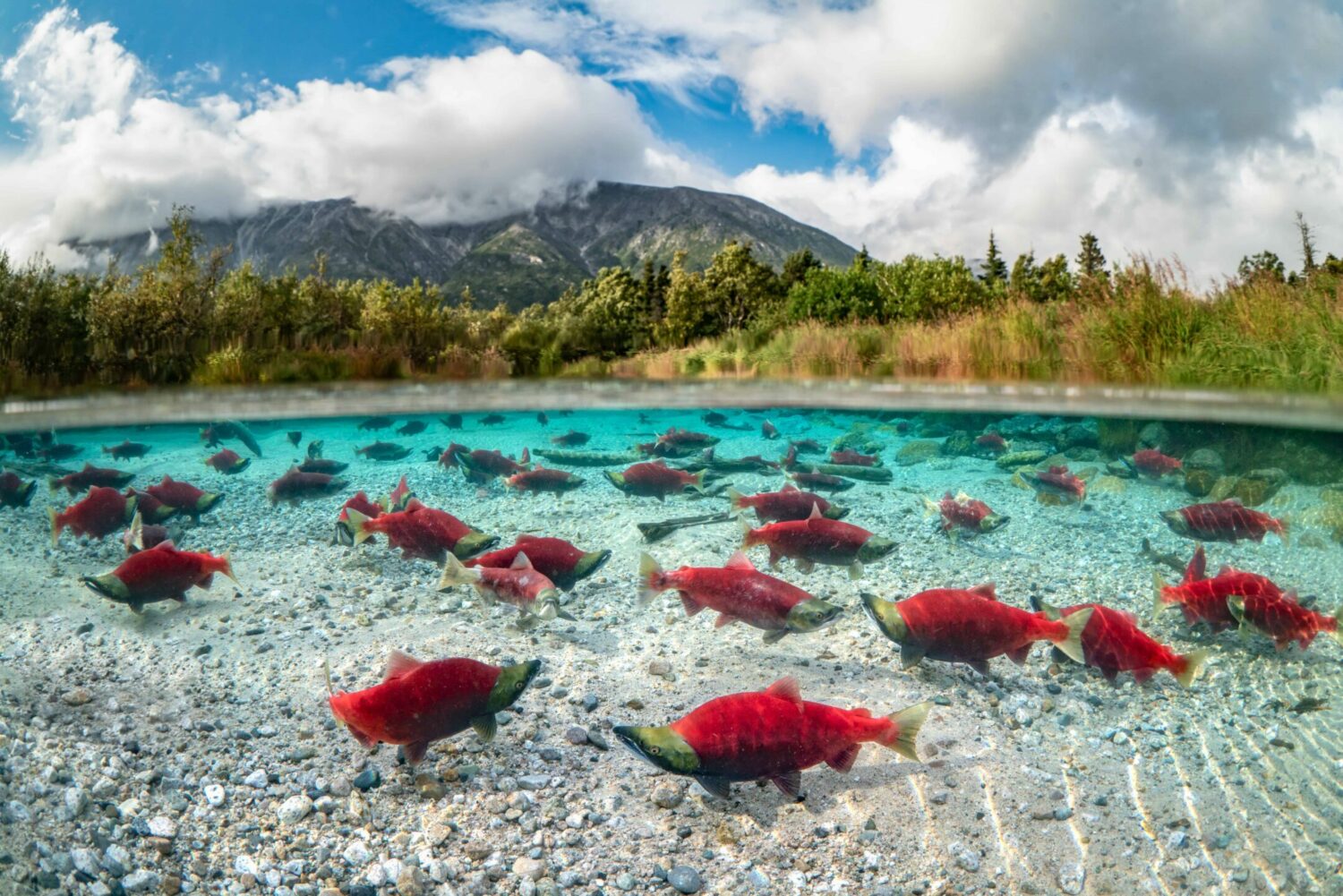
WSC: Is there a salmon memory that stands out from the rest? A trip, an encounter, something that surprised you?
My time in Bristol Bay, Alaska, in September of 2021 was incredible. Waking up each day of the trip and exploring this pristine part of the United States is an experience I’ll never forget. The rivers and communities alike were full of life.
In the awe-inspiring backdrop of this region, however, it was these fishermen, Tribal leaders, and conservationists who struck me the most. Many of our instructors were young and impressive, many of whom grew up in Alaska, studied in the U.S. mainland, and now return each year to work in the community. They care deeply about Alaska, salmon, and preservation, and have been tirelessly fighting to protect the ecosystem for decades. Their stories resonated with our group, of their community’s deep cultural and economic ties with salmon in ways I never imagined previously.
In the awe-inspiring backdrop of this region, however, it was these fishermen, Tribal leaders, and conservationists who struck me the most.
Ratmir Timashev
I walked away from this trip with these stories and conversations, as inspiration for my continued interest and support under the leadership of Guido and WSC. I learned that despite Bristol Bay being home to the world’s largest wild salmon fishery, it was facing potentially existential environmental challenges. As a result, some of WSC’s most impactful work has been advocating against the Pebble Mine project in the area. As a result of WSC’s efforts and the community-led coalition that successfully leveraged the Clean Water Act, the world’s greatest wild sockeye salmon runs will continue being nurtured throughout this watershed.
This work and impact with Bristol Bay has been instrumental on so many fronts. And I know there are more and more other communities that need this level of support across the region.
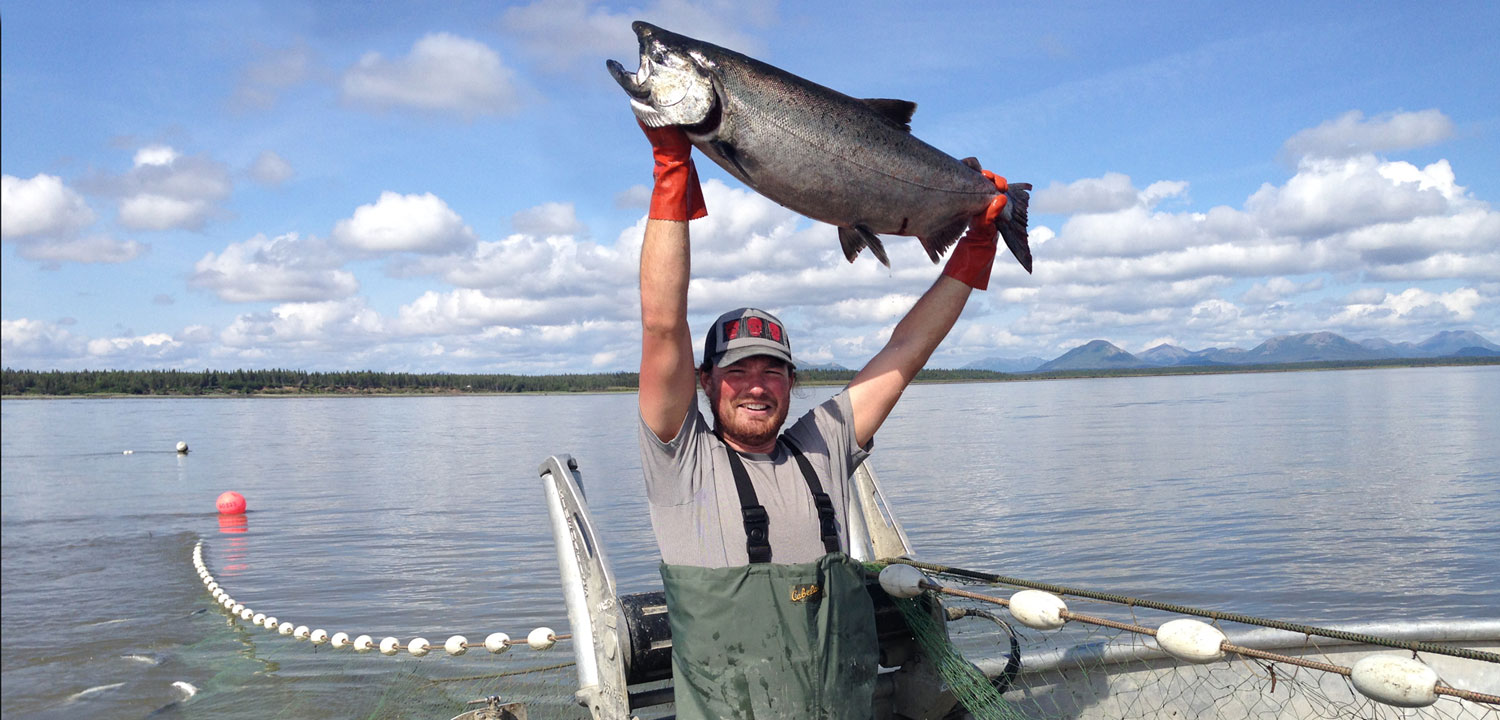
WSC: What are the most exciting parts of your work with Wild Salmon Center?
It’s exciting to see how Guido, and those around him, have grown WSC into a global conservation movement and brand. What began as a regional initiative has become a worldwide, growing effort I’m fortunate to be a small part of.
What I value most, though, is WSC’s focus on empowering the individuals and communities who rely on salmon. This is not only about protecting nature and our planet, but about preserving the very fabric of communities and our society. WSC is telling local stories to the world, bringing best practices to their work, and now also leveraging technology and artificial intelligence. The list goes on of how WSC’s team and partners are dramatically making life better for so many, at scale.
This is not only about protecting nature and our planet, but about preserving the very fabric of communities and our society.
Ratmir Timashev
WSC: In terms of Guido’s story and your own, where did you see a connection?
On the surface, my and Guido’s respective work does not seem to hold many parallels. My coworkers and I were never doing field research in the beautiful parts of Oregon or the Pacific Northwest. My career has largely revolved around computers and software, serving to make companies better, stronger, and their business data protected and more secure. Making communities more secure and strong, however, is exactly the business that Guido is in.
Like my companies and our target markets, the WSC team are experts in salmon, this network of organizations, and target audiences of legislators and other key players. Their strategic approach of understanding that to protect wild salmon, you need to target this entire system—from the rivers where salmon spawn, to the oceans where they mature and well beyond—is similar to how I’ve approached business problems. It makes our partnership effective, because we both believe in the power of long-term planning, strategic investment, and building brilliant products that solve problems across a system, whether they are businesses or ecosystems.
To protect wild salmon, you need to target this entire system—from the rivers where salmon spawn, to the oceans where they mature and well beyond. [This approach] is similar to how I’ve approached business problems.
Ratmir Timashev
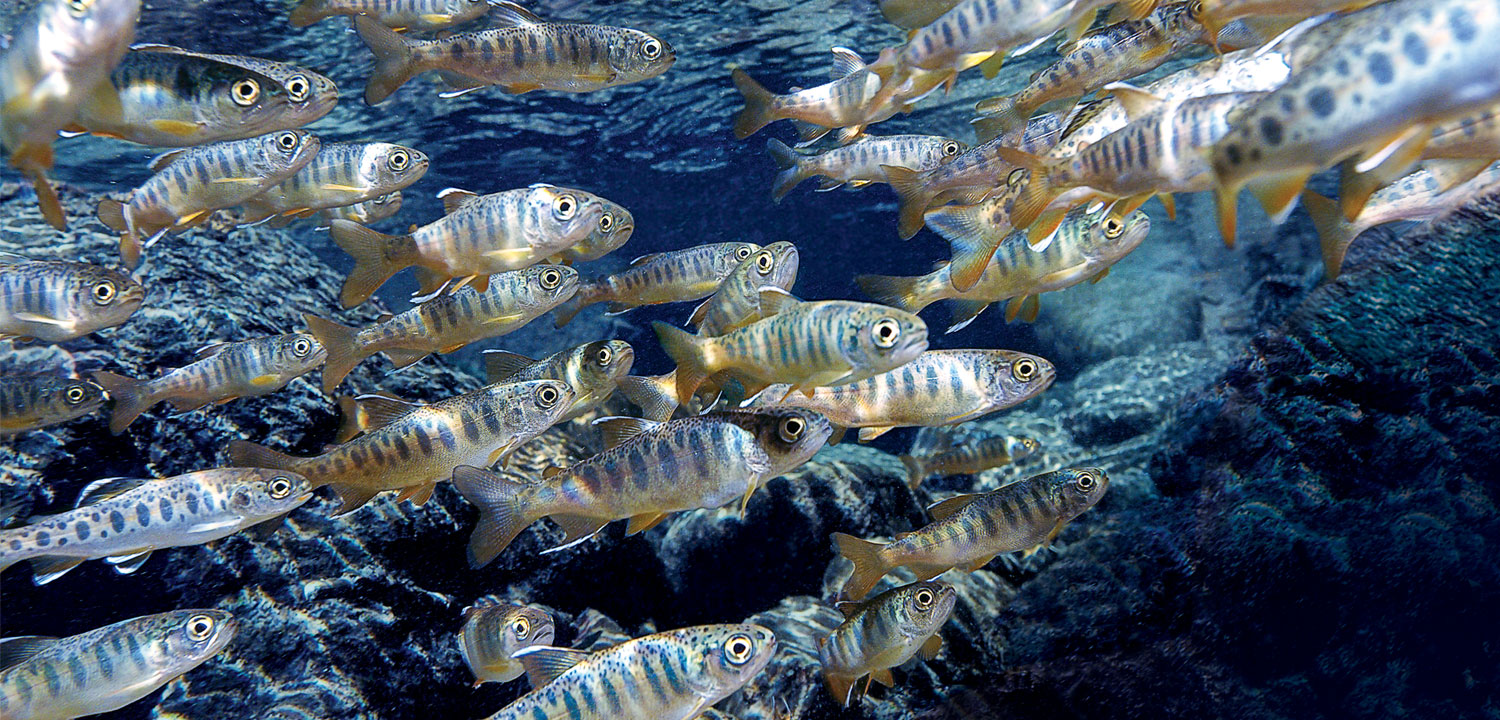
WSC: You work a lot with students and the next generation of innovators, particularly at Ohio State University. Why do you feel we need to be engaging younger generations—whether in technology, business, or conservation?
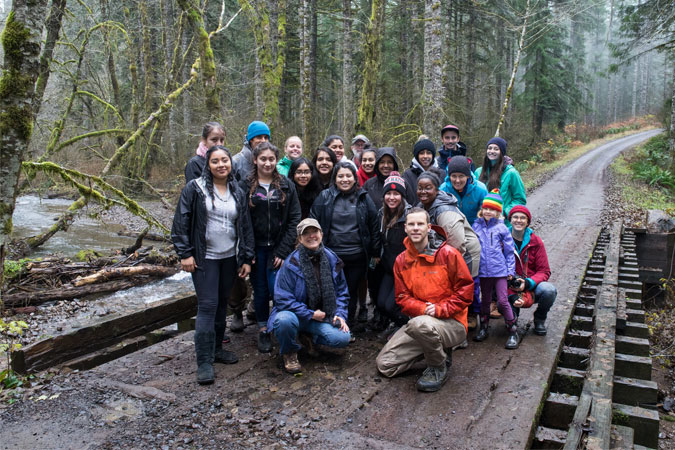
The next generation is the key to our future. This is true across all fields: technology, business, and especially conservation. At Ohio State University, I have the privilege to work with some of the brightest young minds and professionals who are passionate about innovation, entrepreneurship, and technology. Through our focus on the next generation, we’re inspired by the hope that the American Midwest and Heartland can be a catalyst for economic growth, innovation, and global leadership in these industries.
These students bring new ideas, energy, and perspectives to problems we’ve long faced. They ask questions no one else thinks to ask. They are naturally interdisciplinary in how they view the world, and as digital natives they don’t think twice about leveraging technology.
In conservation, it’s an even greater imperative since the scope of the challenges we face are enormous: climate change, habitat loss, species extinction, and more. We truly need all the creativity and innovation we can muster to address them at scale. By involving and empowering young people to take ownership of these issues and solutions, we are not just preparing them for their futures. We are passing the baton and ensuring that today’s work expands for decades to come.
The challenges we face are enormous. By involving and empowering young people to take ownership of these issues and solutions, we are ensuring that today’s work expands for decades to come.
Ratmir Timashev
WSC: When we look years down the line, what are the outcomes you want to see coming from your work with Wild Salmon Center?
I envision Wild Salmon Center becoming one of the most recognized and respected environmental conservation organizations, and that their impact can be felt across the globe. My goal is for everyone—from chefs and foodies to policymakers and educators—to understand the importance of wild salmon and the ecosystems they support. But more than that, I want to see a cultural shift where people everywhere recognize how interconnected our global ecosystem is and how vital it is to protect it. Salmon are just one part of this, but they are a powerful symbol of what we stand to lose if we don’t act.
There are tremendous plans in the works through Guido’s and the WSC’s team’s creative leadership. Through films, partnerships, and events in cities around the globe, my hope is that we will inspire individuals to take action and further ignite a global movement that protects the natural world, ensuring that future generations inherit a planet that is vibrant, diverse, and sustainable.
WSC: What do you want others to know about salmon and the conservation of the vast North Pacific?
When I explain WSC to friends and family, I share just how crucial salmon are and what we risk by not protecting them. In securing salmon strongholds, we’re also talking about Amur tigers, Kermode bears, Blakiston fish owls, Stellar sea eagles, wolves, whales, dolphins, sharks, and thousands of other animals. The whole ecosystem feeds off salmon because of their fascinating journey across several life stages and migration points. If the ecosystem is broken, it cannot be restored. To date, WSC strongholds are also responsible for sequestering over 6 billion tons of carbon.
I emphasize that these challenges are solvable and scalable, and that WSC’s multi-pronged approach is proven, time-tested, and a model for how uncommon partners can come together to solve difficult problems. Most importantly, I want others to know they have a role to play and that WSC is open for business.
Through films, partnerships, and events in cities around the globe, my hope is that we will inspire individuals to take action and further ignite a global movement that protects the natural world.
Ratmir Timashev
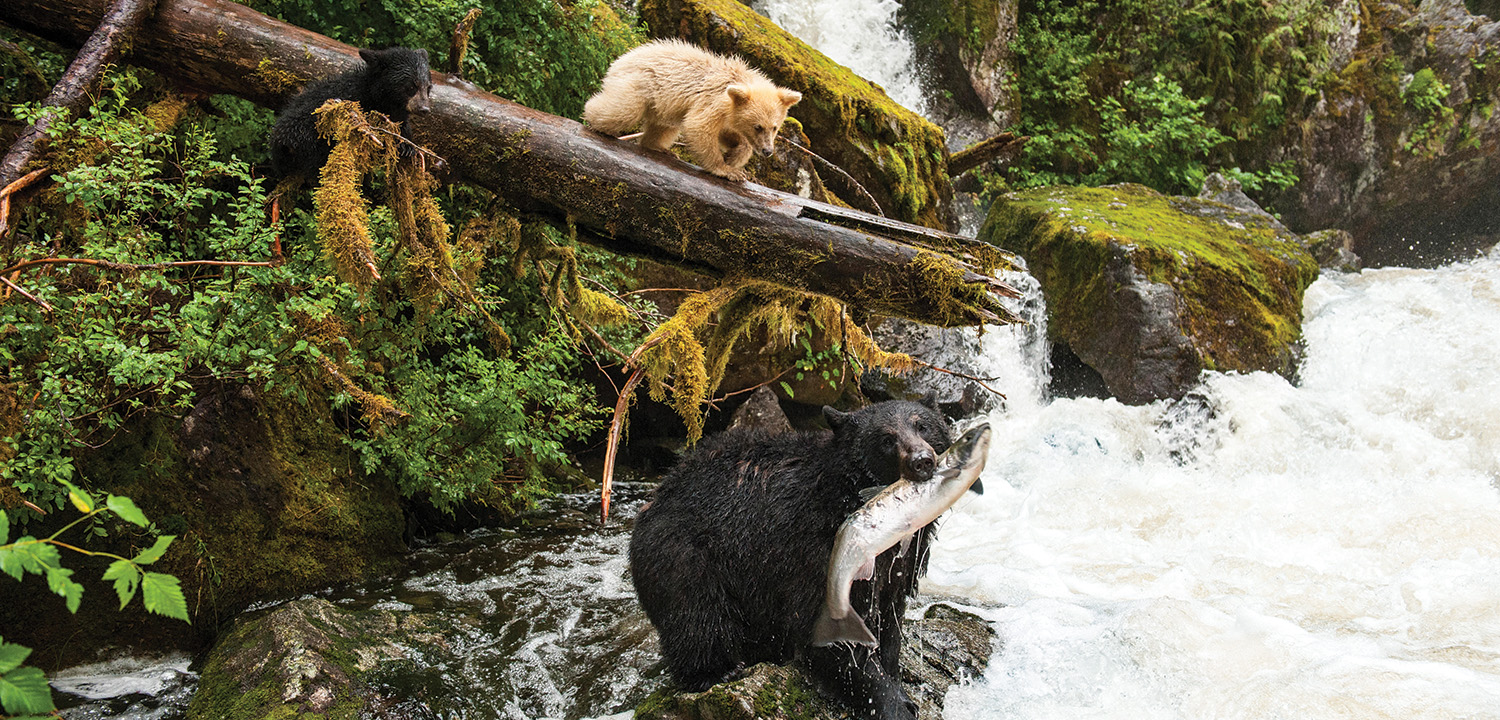
WSC: What have you seen in your life—a personal experience maybe—that really gives you hope?
Throughout my career, I’ve learned that achieving large-scale impact is possible when the right elements come together: timing, product-market fit, and leadership. This is the “magic” that drives success for great entrepreneurs and movements.
This is exactly what I see happening with the Wild Salmon Center. Guido and his team have the right tools, experiences, and momentum to lead the way forward—just like other great conservation and social change movements before us. It gives me hope that today’s change-makers and emerging young leaders see this same opportunity that I see. It’s now time to scale this work forward.
Guido and his team have the right tools, experiences, and momentum to lead the way forward—just like other great conservation and social change movements before us. It gives me hope.
Ratmir Timashev
